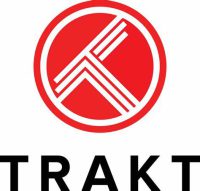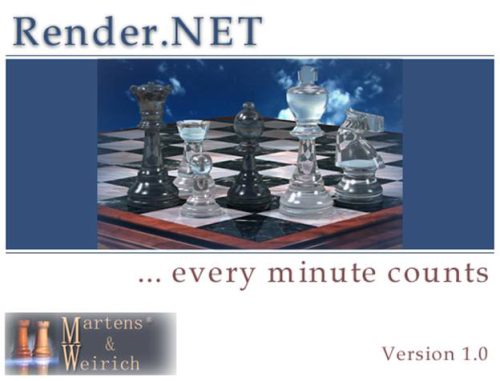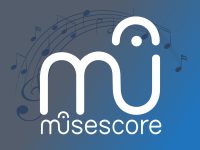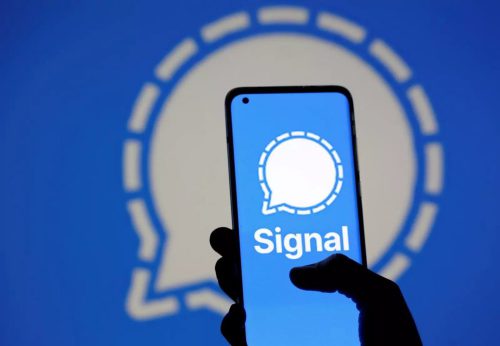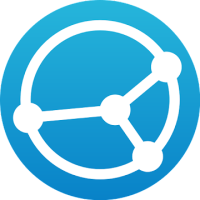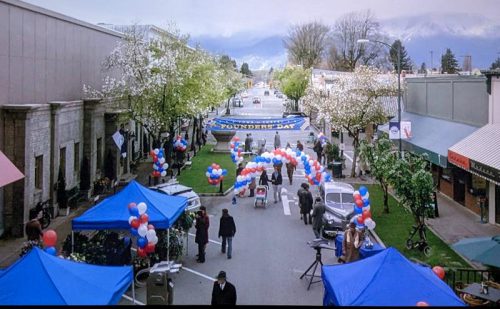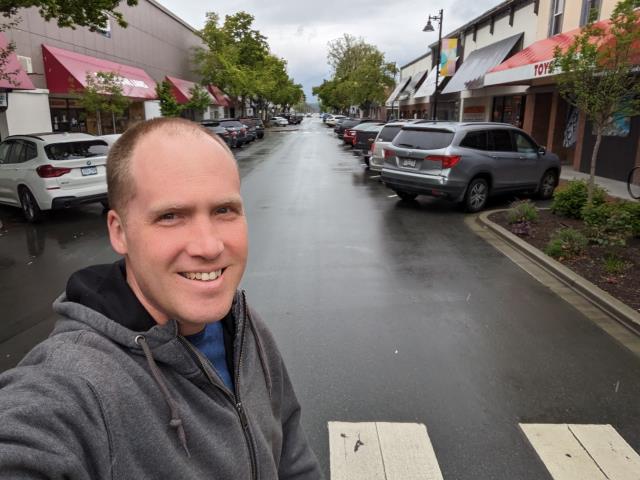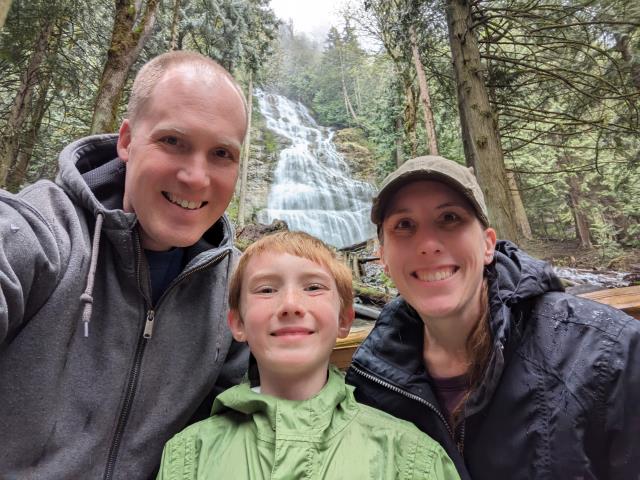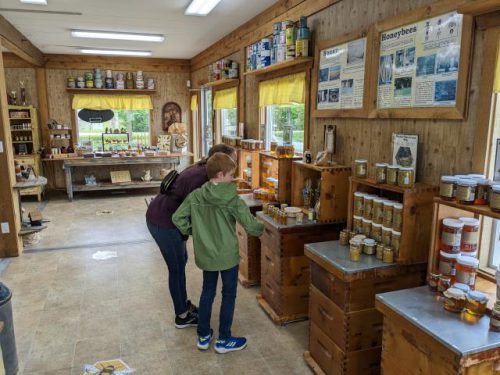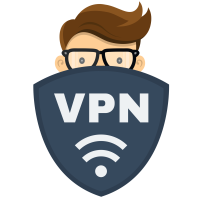I haven’t regretted cutting cable in 2018. We’ve saved well over $3000 by not having that bill. I thought I’d miss it for sports, but honestly, I found that I was happy not watching as many random sports. Rather, I found specific sports I wanted to watch and paid for their streaming services. It’s interesting how much the price of those services vary though! I did some research to try to figure out how much it would cost to stream various sports leagues. I expect this will be out of date even before I finish researching it.
| Sport | Full Season Cost | Comment |
| Formula 1 | $85 | If you watch the races delayed by a day or two it’s only $30. |
| NFL | $350 (out of market games) $400 (in market games) | Out of market through NFL RedZone and in-market through Fubo for 5 months. NFL+ is an interesting option too for only $40/year. You get access to replays of every game shortly after it ends plus live local games, but it’s only on a mobile app. |
| MLB | $130 (out of market games) $480 (in market games) | Out of market through MLB+ and in-market through Fubo for 6 months. |
| NBA | $150 (out of market games) $480 (in market games) | Out of market through NBA Leage Pass and in-market through Fubo for 6 months. |
| NHL | $70 (out of market games) $560 (in market games) | Out of market games through ESPN+ and in-market through Fubo for 7 months. |
| MLS | $199 | All games through MLS Season Pass add on to Apple TV Plus. This price includes 10 months of Apple TV Plus. |
| Golf | $960 | All events through the Golf Channel on Fubo for 12 months |
| NASCAR | $800 | All events through Fubo for 10 months |
| Disc Golf | $130 | Alternatively, you can watch many of the events for free with commentary on Jomez Pro’s YouTube channel. |
| MotoGP | $135 | All events through MotoGP VideoPass |
Existing laws and contracts make it difficult to stream the major US sports because in almost all cases, in-market games are not available on the league’s streaming service. That requires you to buy into something like FuboTV which is combines all the braodcast and cable sports channels. Alternatively you might be able to use an antenna to catch your local games as long as they are on a broadcast channel. Leagues that completely control their TV writes are in a much better position (F1, MotoGP, MLS, etc.)
I currently pay for the F1 TV package and then I watch disc golf tournaments for free on YouTube. Every once in a while I’ll toss in a Seahawks game recorded from our antenna or a Purdue basketball game streamed on our free (through Comcast with ads) Peacock subscription.
A big key in all this is deciding whether you want all the games in the whole league, all of the games for your favorite local team, or just some random sports to have on in the background while you take a nap. The prices for those three can vary wildly.


